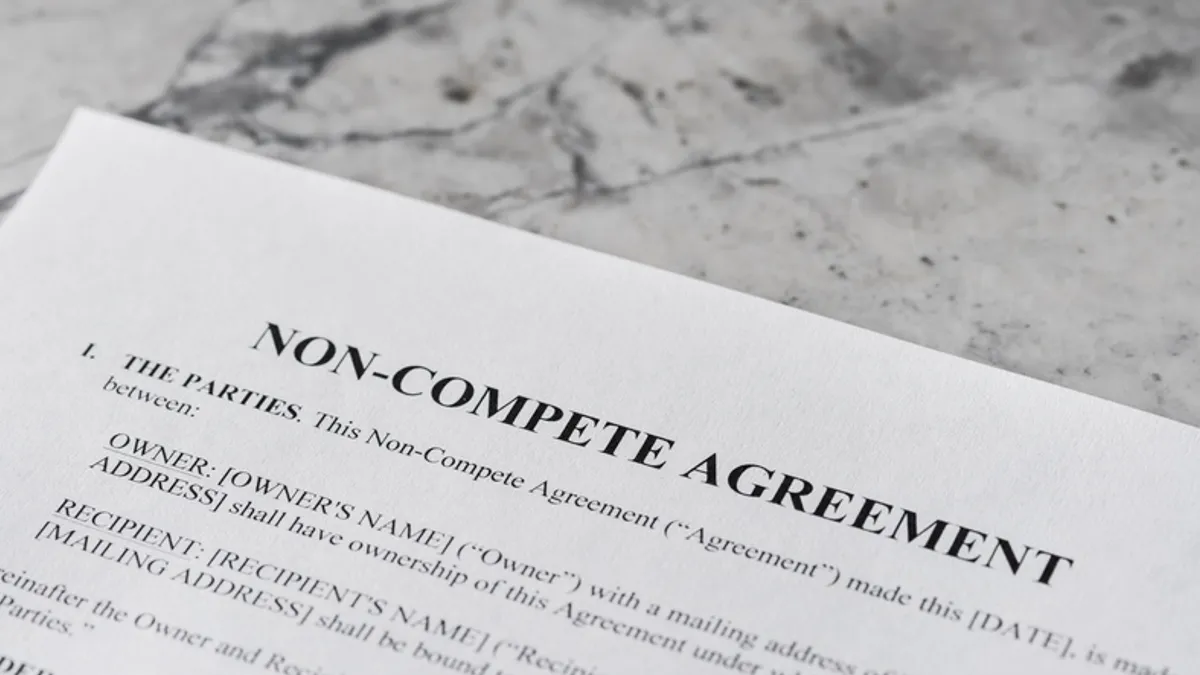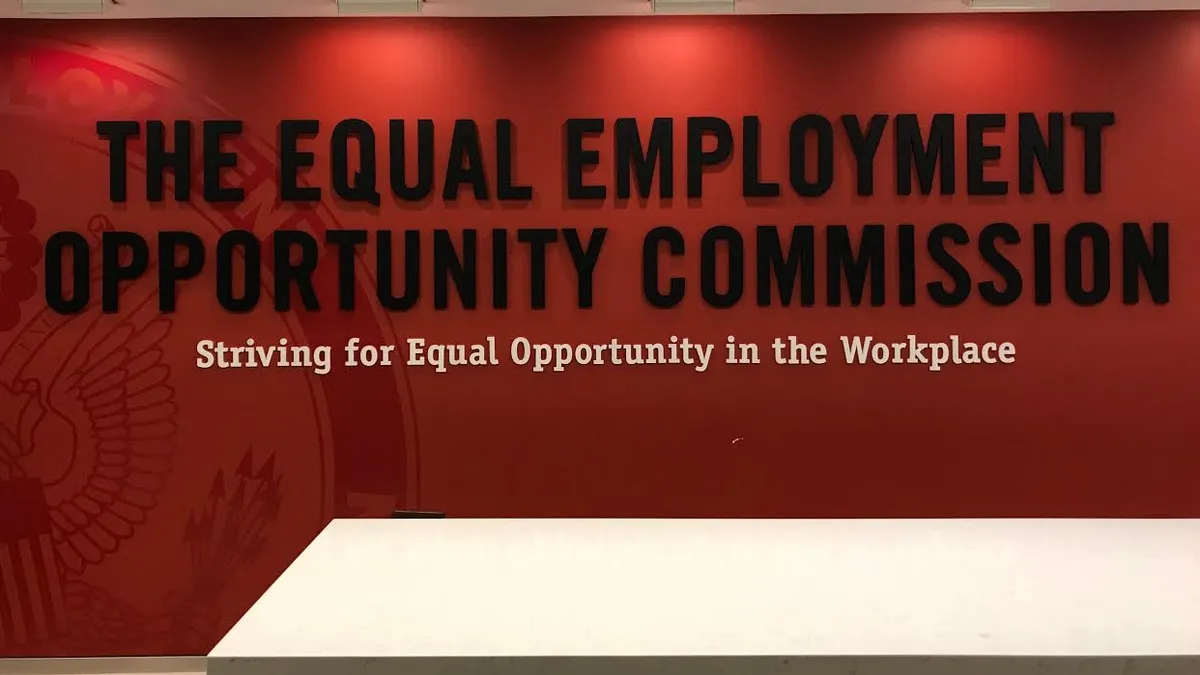Matthew Karmel is chair of the environmental and sustainability law group at Offit Kurman and founder of the Planetary Lawyer Project, a resource for helping lawyers do more climate-focused work. Views are the author’s own.
What if environmental justice was an opportunity for in-house counsel instead of an obstacle?
Environmental Justice – or “EJ” – refers to the disproportionate burden low-income and minority communities face from the impacts of pollution and climate change.
While in-house attorneys might view EJ as a compliance issue, it might be better to think of it as an opportunity for their organization. How? Consider the impact of sustainability on businesses.

It’s well documented that companies that incorporate sustainability into their business practices outperform companies that ignore it. The benefit from sustainability comes in a number of forms, including increased employee retention and productivity and optimized operational performance. They also benefit from reduced regulatory interventions and the reputational damage that often is part of that, and mitigation of supply chain disruptions, among other things.
So, what do you think will happen to organizations that are proactive in addressing environmental justice?
If you’re convinced your department should be addressing EJ, or you just think it’s the right thing to do, you might still wonder: How do I, as an in-house lawyer, help my business team to engage with EJ issues? Here are some ideas.
1. Understand the landscape
Start by broadly considering the EJ landscape that applies to your operations and decisions. EJ laws and policies exist at both the federal and state levels and they’re expanding at an increasing rate. But not all legal requirements are the same.
For instance, some policies are advisory in nature. These policies often create task forces or working groups to evaluate EJ issues. Other policies are prescriptive. One such example is New Jersey’s incorporation of EJ principles into certain permitting, a model that New York recently adopted. Businesses and their counsel should create an inventory of pending EJ laws and policies in the jurisdictions where they operate.
However, it’s also important to think about EJ more broadly. State and federal governments are considering environmental justice in connection with enforcement decisions and grant programs, even if there is no written policy. Communities and financial partners are also discussing environmental justice outside of traditional legal frameworks, and we all know that reputation management can be as important as legal management. In brief, to get a handle on your EJ landscape, you need to consider existing and pending legal requirements, but also think broadly about all the ways that your operations intersect with disadvantaged communities.
2. Develop a policy
Once you understand the landscape, a good next step is to develop a corporate environmental justice policy. For the most part, this serves as a mission statement that lets employees and other stakeholders know how your company will address EJ considerations. Here are some steps to take as you write your policy:
Consider the audience. This includes your customers and partners. In other words, who will be reading the policy and what is its intended use? A policy that is geared towards decision makers or employees will be different than one that’s for public consumption.
Clarify what’s important to your business. While a good policy will be comprehensive, it should align with your key impacts and priorities. For instance, some businesses might focus on engagement with neighbors and crisis communications if there are frequent complaints, while other businesses with significant lobbying activities might focus on the impacts of their policy efforts on communities far and wide.
Acknowledge the communities you impact. And anticipate the reaction you might get from those communities and others. Impacted communities might include indigenous peoples within your operational sphere.
Once a policy is established, you’ll want to engage community groups and educate employees and decision makers as part of your effort to disseminate the policy and see it become part of your culture.
Your company should also understand that it will be held to its policy, by the public, your employees and other stakeholders.
Here are some sample policies you can look at.
3. Communicate about EJ issues
As you address environmental justice issues, you will engage with community groups. In fact, the touchstone of environmental justice efforts is providing a voice to everyone impacted by a decision, and this is done through hearings and communications. While there will be many teams involved in these efforts, as in-house counsel, you can guide the conversation. Here are some best practices:
Consider the context. Within the context of environmental justice, there are many reasons to communicate with the public. But how you communicate will depend on the reason behind your communication. In one case your company might be holding a voluntary listening session to get feedback. In another it might be holding a hearing in connection with a governmental action. Or it might be responding to an environmental incident or complaint. Each one of these will require a different procedure, tone and level of formality, even if each one has the public as its intended audience.
Follow traditional PR best practices. For instance, identify a single point of contact so that messaging is consistent, and develop that messaging in advance and with intention, making sure that the messaging aligns with company values and any policies. Plan for crisis situations as well through practice exercises and simulations.
Understand your community and your role in it. Know your demographics, as they can vary widely and what matters to some communities may not matter to others. Know the groups and players, think about who can be an ally and work to develop strong relationships over time.
Build trust and respect the process. Trust is hard to build and easy to lose. Social media can be an effective way to build trust but must be managed carefully and consistently. Identify common ground with any opposing perspectives and highlight but don’t exaggerate benefits to the community. Treat all perspectives with thoughtfulness. Most importantly, though, do not dump too much information on communities as this can cause burnout and pushback.
4. Conduct a risk assessment
For specific decisions and activities, consider conducting a holistic risk assessment to evaluate the impact of environmental justice on business operations and decisions. Different industries will have vastly different assessment parameters and needs.
For instance, there will be a huge difference between a risk assessment for a waste management facility and one for a warehouse. Counsel conducting an EJ risk assessment will need to carefully consider the relevant parameters, which could include, among other things: the proximity of EJ communities; applicable and pending laws and policies; community demographics; relationships between your company and its community; emissions and/or environmental impacts; history of environmental compliance; life cycle of facilities and decisions. At the end of the day, this process builds on the identification of the EJ landscape, and attempts to qualitatively assess the impact of a given factor.
Companies that want to go beyond a holistic risk assessment will want to look to environmental justice impact assessments proposed under developing laws, which typically include multi-level statistical analyses of relevant environmental stressors. These numerical assessments may only be appropriate where a concrete decision or action is occurring, and generally require the assistance of outside technical expertise, both in designing and implementing the assessment.
Counsel that adopt these strategies will benefit their employers and communities, make themselves even more indispensable to the business teams they serve, and may just come to see EJ as the opportunity that it is.


















